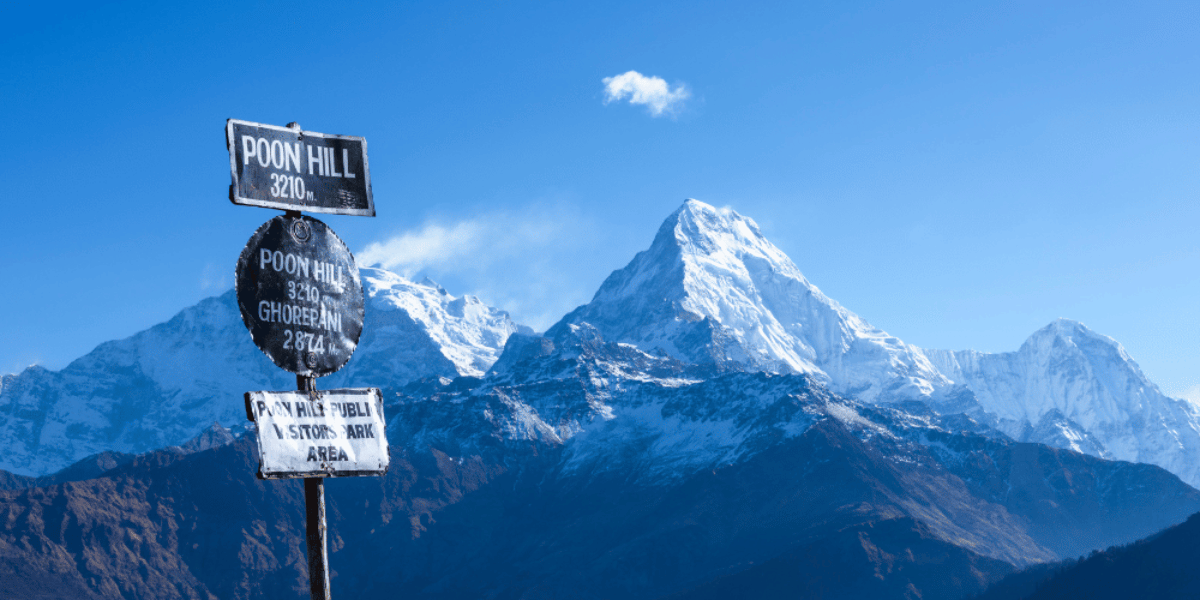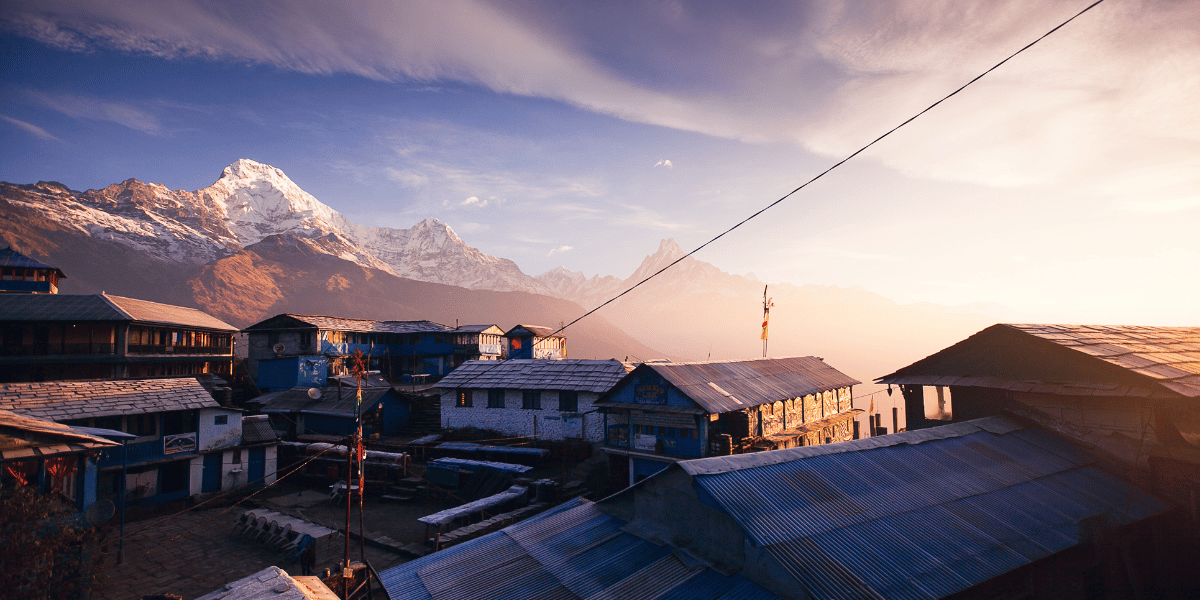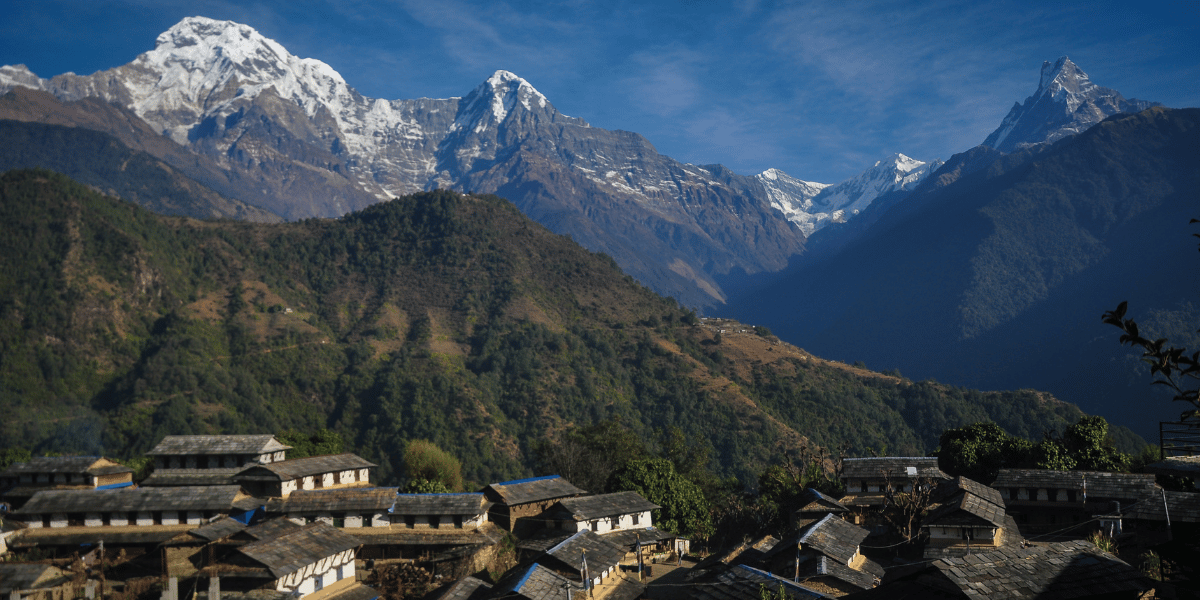Our Ghorepani Poon Hill Trek is considered one of the best in the Annapurna Region for the magnificent panorama of the mountains and the breathtaking sunrise and sunset from the vantage point of Poon Hill. This 8-day trek offers a captivating glimpse into the distinctive geography and rich cultural heritage of various locations. During this trek, you will have the opportunity to explore the historical landmarks and art in the city area, as well as immerse yourself in the local traditions and rustic beauty of the village area. This short trek to the highlands of Nepal will introduce you to some truly incredible travel experiences. You'll visit remarkable cities with vibrant beauty and a touch of chaos, and then gradually make your way to peaceful and enchanting villages on the way to Ghorepani. Here, you will immerse yourself in the local culture and see the simple lifestyle of the people, all while being surrounded by the breathtaking beauty of the majestic mountains.
Throughout the trek, you'll have the opportunity to explore a diverse range of locations, from vibrant cities to serene villages, all leading up to incredible viewpoints. During your Ghorepani Poonhill trek, you will journey through charming cities among the serene hills, lush forests, and astonishing mountain vistas. Before going on the trek, you will spend some time in the captivating city areas. These areas are filled with a rich blend of historical landmarks and breathtaking natural wonders, all waiting to be discovered amidst the towering buildings. Throughout your trip, you will witness the rich geographical and cultural aspects of Nepal.
Kathmandu City
Kathmandu is the capital city of Nepal and was a significant trade route in ancient times. Kathmandu serves as both the starting and ending points of the trek and is renowned for its captivating charm as one of the most intriguing cities in the country. Kathmandu is known by various names, including the 'City of Temples' and 'Kantipur'. Kathmandu is a city embodying a rich tapestry of diverse cultures within its boundaries. Kathmandu seamlessly blends its ancient beauty with the modern world, creating a truly captivating city. You will have the opportunity to explore numerous religious monuments during your sightseeing. Many of these are iconic and have even been recognised as UNESCO World Heritage Sites. During your visit, you'll explore some incredible sites, including Kathmandu Durbar Square, Swayambhunath Temple, Pashupatinath Temple, and Boudhanath Stupa. These monuments hold immense cultural and historical importance as religious sites dedicated to Hindu and Buddhist traditions. The landmarks are adorned with stunning artwork that highlights the exceptional skill of the ancient artisans of Nepal.
Pokhara City
Pokhara, a prominent city in Nepal, is known for its breathtaking beauty and is often referred to by different names like "City of Lakes," "City of Adventure," and “The Gateway to the Annapurna Region”. It is widely recognised as a popular tourist destination, attracting visitors from all over the world with its stunning beauty. The sight of mountains towering above 8,000 metres from an elevation of just 800 metres is truly captivating. There are numerous things to discover and enjoy here, with an abundance of stunning ancient landmarks and attractions to visit during your sightseeing programme. Pokhara is known for its jaw-dropping array of natural wonders, while Kathmandu is best known for its rich historical heritage. Both cities have their own unique charm and are worth exploring. During your time in Pokhara, you'll have the opportunity to visit some truly captivating attractions. These include Devi's Fall, Gupteshwor Mahadev Cave, the World Peace Pagoda, and the stunning Phewa Lake. Furthermore, Pokhara offers a lively lakeside area with a plethora of charming cafes, restaurants, outdoor live music bars, and relaxing hangout spots. It's a vibrant place that is sure to delight you.
As your trek begins, you will visit the Annapurna conservation area and reach the ultimate viewpoint at Ghorepani. Along the way, you will also come across numerous traditional villages. The trekking region is located in a rural and underdeveloped area, consisting mostly of village areas with no modern, developed cities. Some of the amazing places you will come across during the trek are Tadapani and Ghandruk, both located inside the Annapurna Conservation Area en route to Poonhill. The villages are situated in stunning locations, with a picturesque mountain backdrop, and are surrounded by pristine nature. The villages in this area are the primary places to stay during the trek, as there are no other accommodation options available. The villages are situated at an elevation of over 2,000 metres above sea level, offering a breathtaking view and a serene atmosphere throughout. This village has a rich culture that the locals have preserved for centuries. You can see this in the architecture of the houses, which still faithfully follow traditional styles. The villages are highly sought after for their welcoming rustic beauty, providing a peaceful escape from the busy city life.
Ghorepani Village
Ghorepani, which roughly translates to "horse water" in the Nepalese language, is a well-known stop before hiking to the viewpoint of Poon Hill. Ghorepani is situated at an elevation of 2,875m above sea level. It serves as a convenient overnight stop for travellers before heading to the viewpoint, as there are no other accommodations available on Poon Hill. Poon Hill is located at an elevation of 3,210m above sea level and serves as an extraordinary viewpoint. The distance between Ghorepani and Poon Hill is approximately 1 km, which takes about 1 hour to reach. The trail, in the spring season, is adorned with a stunning display of flowering rhododendrons, which adds to the allure of the walk. Talking about the view seen from the viewpoint, it is magnificent, as you will get a brilliant panoramic view of mountain ranges such as Dhaulagiri (8,167m), Annapurna South, Annapurna I (8,901m), Himchuli (6,441m), Fishtail (6,993m), and many other peaks. Besides the majestic mountains, the sunrise and sunset are also major highlights of this place. The celestial sunlight hits the mountains, causing them to glow and enhancing a touch of surreal beauty.
What to expect?
The Ghorepani Poonhill Trek is a highly regarded short trek in the Annapurna Conservation Area. It offers a wonderful opportunity to discover the historical beauty of two major cities and immerse yourself in the wonders of nature. Throughout the trip, you will get a unique travel experience while you explore the city area and its historical landmarks. During your trekking adventure, you'll be captivated by the breathtaking landscape that stretches far beyond the confines of the city. Immerse yourself in the untouched beauty of deep forests and majestic mountains that accompany you along the way. During your trek, you will experience the serene beauty of the forest and immerse yourself in the simplicity of local villages, far away from the chaos of the city. Once you reach the Poon Hill viewpoint, you will be greeted by phenomenal chains of mountains and a wonderful surrounding vista that will leave you completely mesmerised. During the trek, you will have the support of a licenced trekking guide, who will provide you with the necessary information and prioritise your safety. This trek is considered easy to moderate, as it is a relatively short trek. You will need to walk about 4-6 hours a day on a trail that is well maintained. This makes it a suitable option even for beginners.
This trek is perfect for those who are short on time but still want to witness the breathtaking beauty of the mountains and embark on an unforgettable trekking adventure in the highlands of Nepal. This trek in the Annapurna region is known for being relatively easy compared to other treks. It can be enjoyed by people of all age groups, as it is not as physically demanding as some of the more challenging treks. Despite its ease, it still offers a satisfying trekking experience. This trek is perfect if you're interested in experiencing the local culture, exploring the majestic mountains up close, and witnessing the captivating beauty of the small traditional villages that exude a rustic charm. Experience the awe-inspiring wonders of nature as we take you on a captivating journey through breathtaking and enchanting natural beauties.
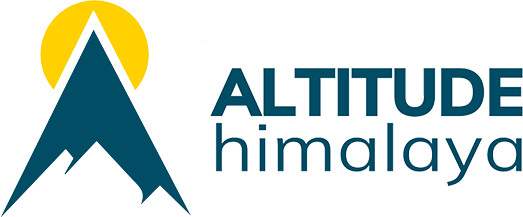

 Adventure
Adventure
 Couple
Couple
 Family
Family
 Luxury
Luxury
 Motorbike
Motorbike
 Photography
Photography
 Wildlife
Wildlife
 Yoga
Yoga
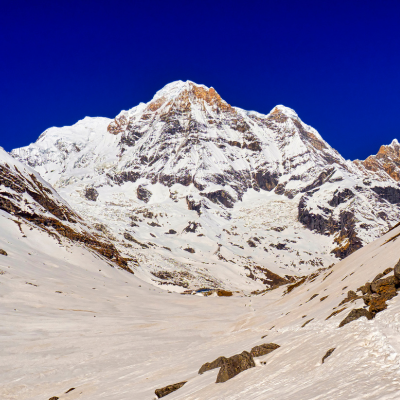 Annapurna
Annapurna
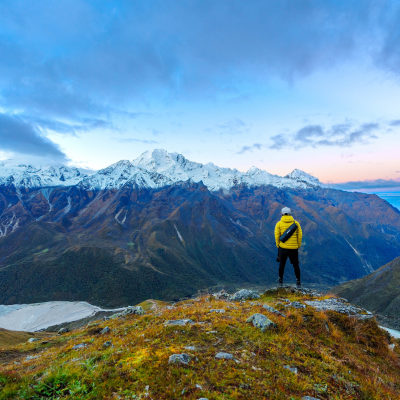 Langtang
Langtang
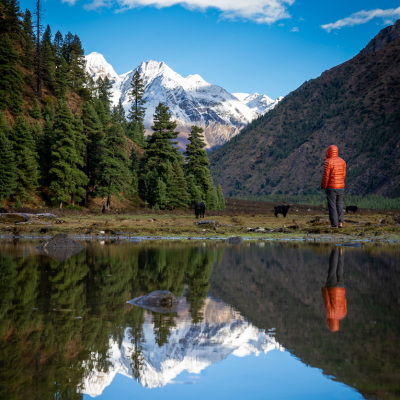 Dolpo
Dolpo
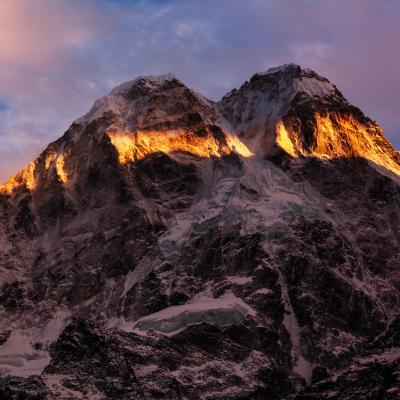 Eastern Nepal
Eastern Nepal
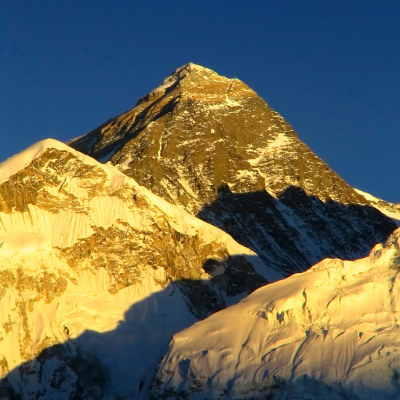 Everest
Everest
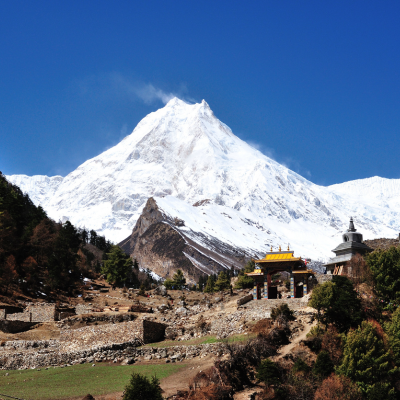 Manaslu
Manaslu
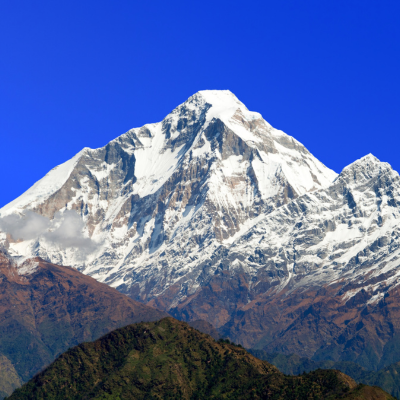 Western Nepal
Western Nepal
